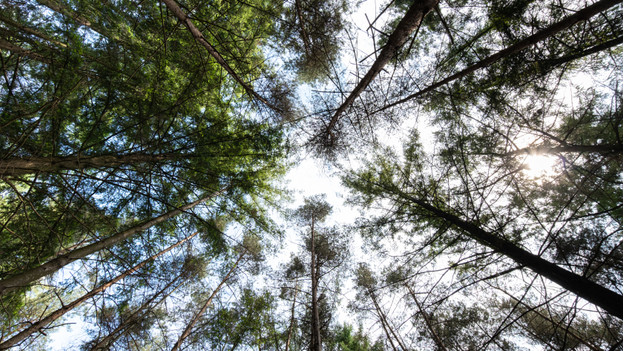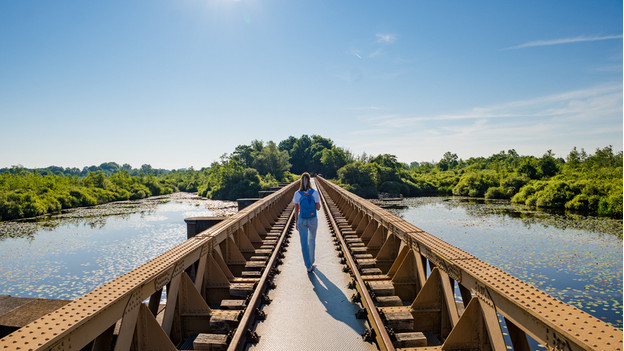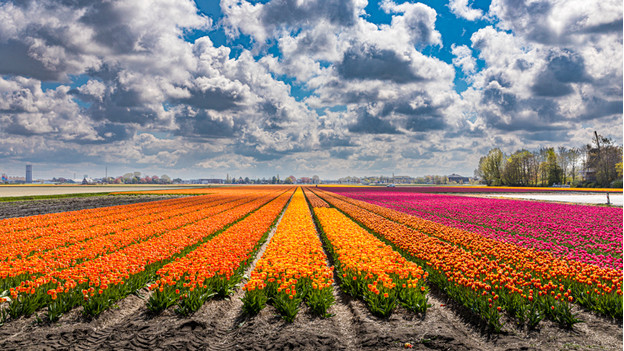
This is how you take the best landscape photo
Which lens can I use best?

You want to see as much as possible on a landscape photo. To make your image angle as wide as possible, you can use a wide-angle lens. A lens with a focal point of 15mm has a 111-degree image angle. To compare, our eye has an image angle of only 45mm. The only downside of a wide-angle angle lens is the distortion at the edges. Objects on the foreground appear spherical due to the large angle. This can also be a nice effect, of course.
How do I set up my camera?

You want the image of your landscape photograph to be sharp. In photography terms, this is called depth of field. To achieve this, you can use the largest aperture. You can adjust the rest of the settings automatically by putting the camera in AV or A mode. If you choose settings manually, you can use a slower shutter speed to make sure the photo isn't too dark. You can also put the camera on a tripod to prevent motion blur.
How can I best light my photo?

Do you want to create a dramatic effect in your landscape photos? You can work with a large light and dark contrast. Because the sky is bright during the day, a part of your photo can quickly get overexposed. You don't want that, so you can edit the lighting later with editing software. If you don't know how to do this, you can turn down the lighting by adjusting the shutter speed or ISO. Take a couple of photos with different settings, and you can later see which photo has the best light and dark contrast.
What do I have to keep in mind for the composition?

In a landscape, you often have a large panoramic view. To impress with your landscape photos, you can emphasize the depth. You can do so by dividing the image into a front, middle, and background. That way, you can clearly see the proportions in the photo. This can be rocks in the foreground, a green field in the middle, and mountains in the background. A mountain path or river also help emphasize the depth.


